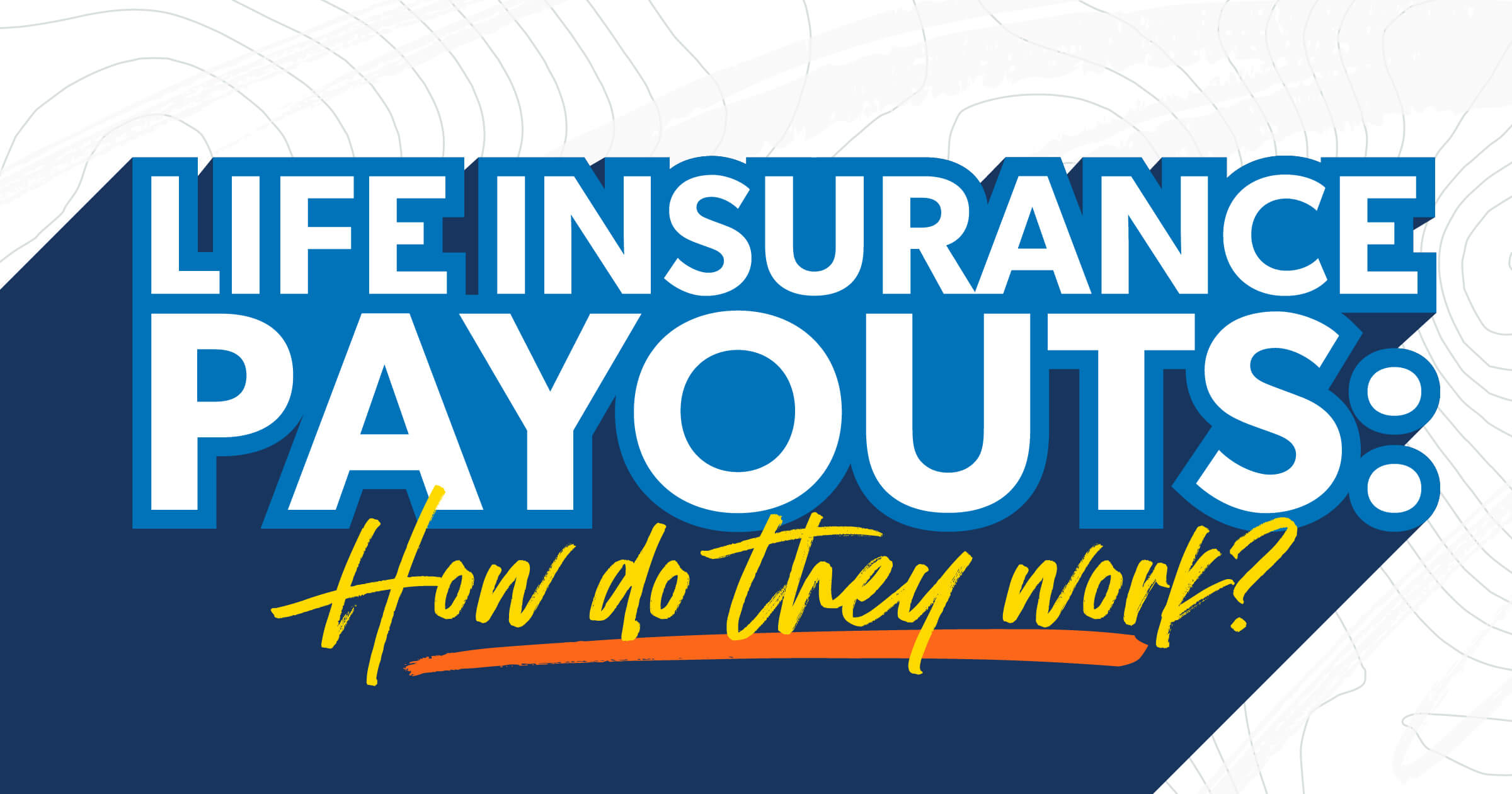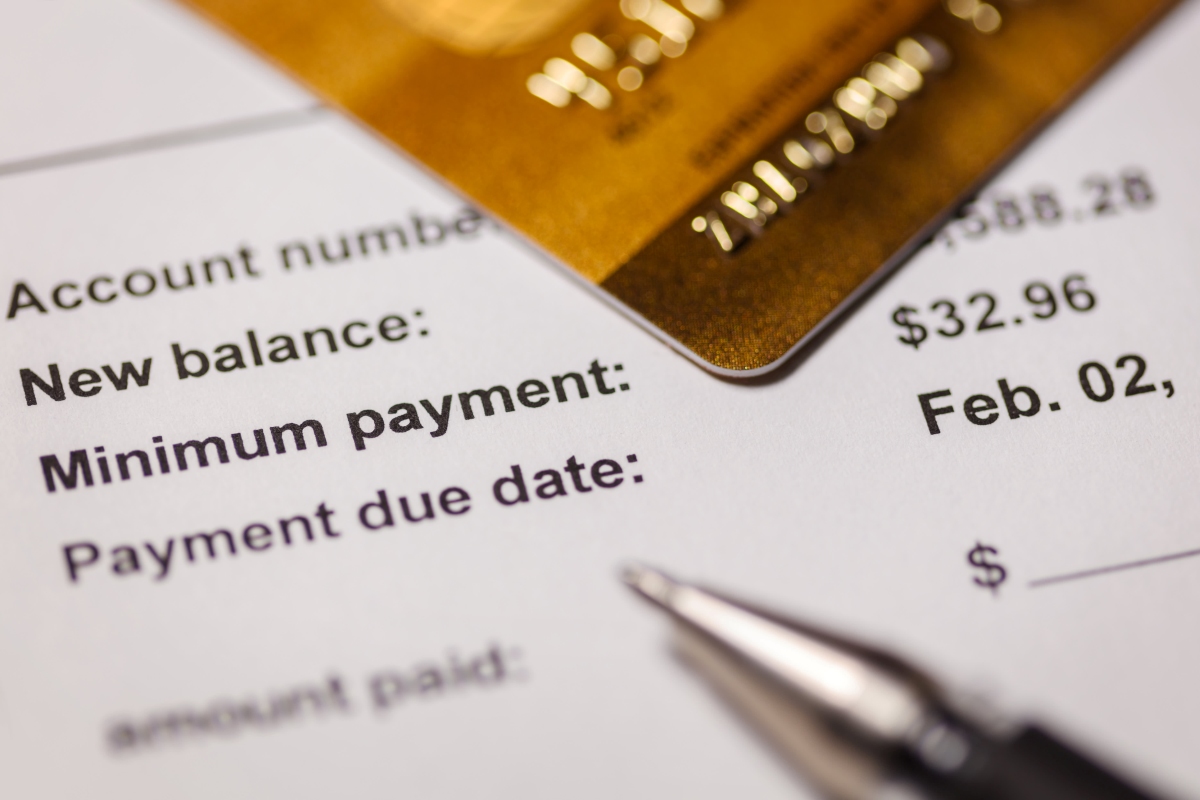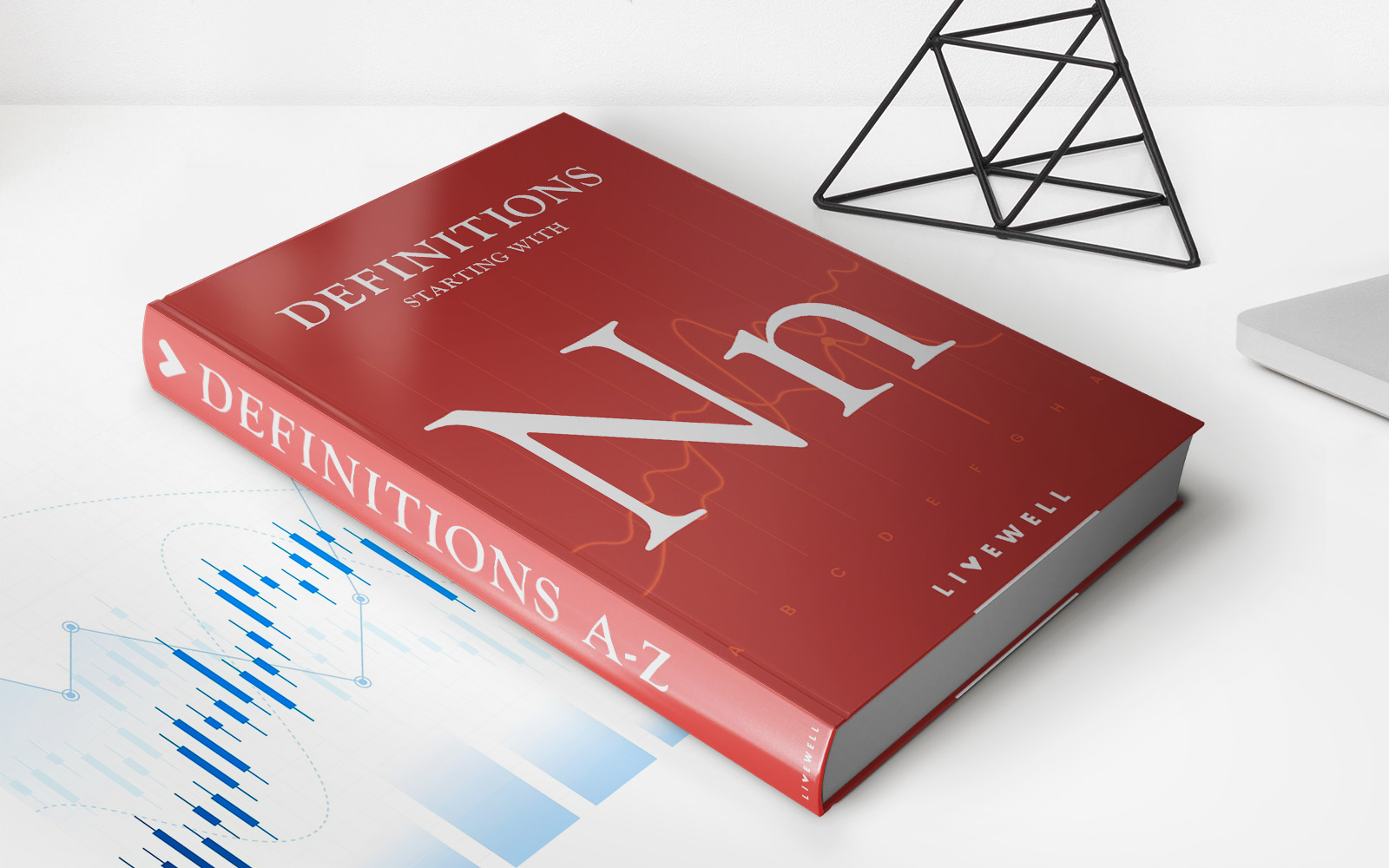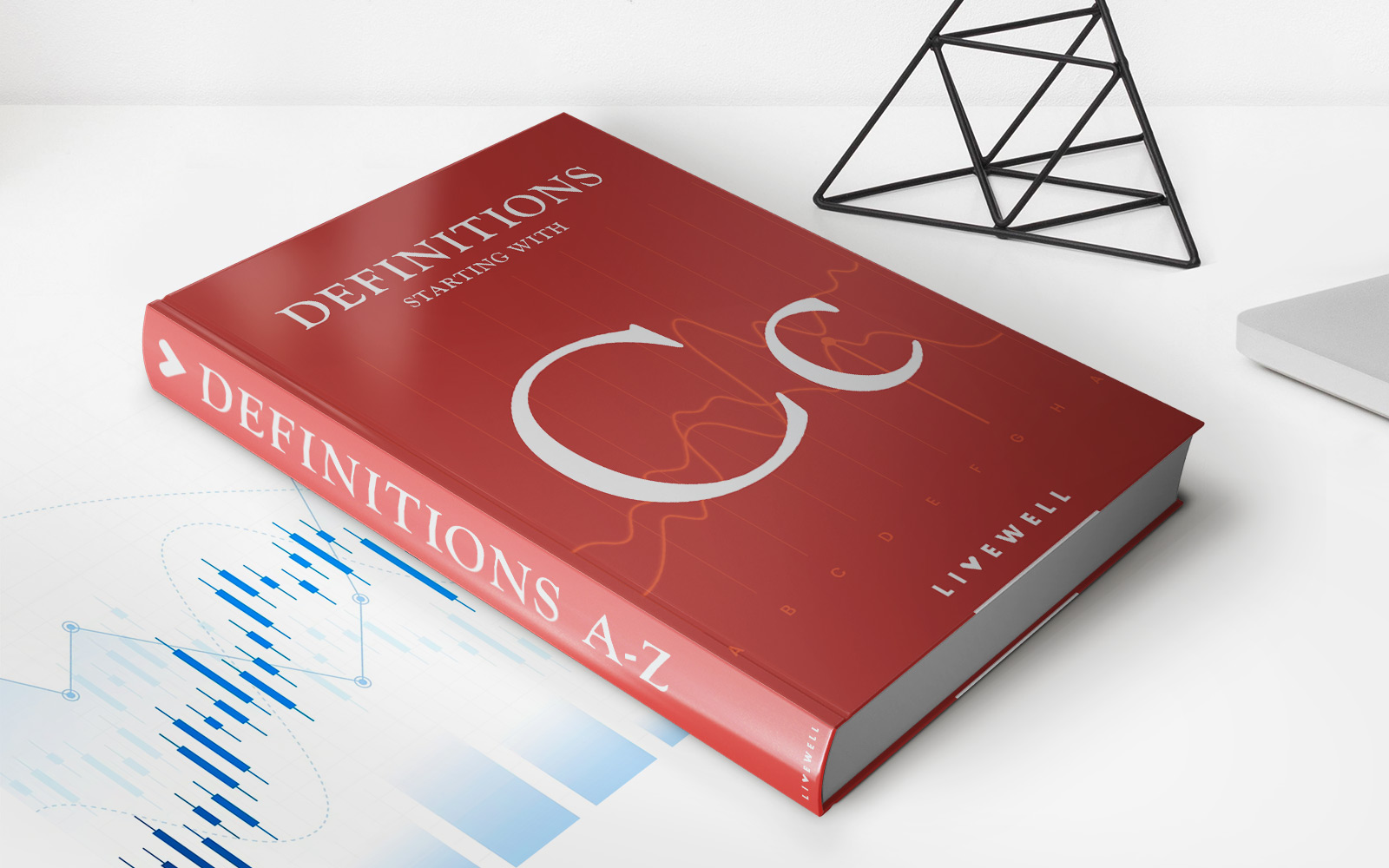Home>Finance>How Long Will It Take To Pay Off Debt Using Minimum Payment


Finance
How Long Will It Take To Pay Off Debt Using Minimum Payment
Published: February 27, 2024
Find out how long it takes to pay off debt using minimum payments. Get expert advice on managing your finances and achieving financial freedom. Discover the best strategies for debt repayment.
(Many of the links in this article redirect to a specific reviewed product. Your purchase of these products through affiliate links helps to generate commission for LiveWell, at no extra cost. Learn more)
Table of Contents
**
Introduction
**
Debt is a common aspect of modern financial life, with many individuals and families carrying various forms of debt, such as credit card balances, student loans, and mortgages. While the idea of being debt-free is appealing, the path to achieving this goal can seem daunting, especially when only making minimum payments. In this article, we will explore the dynamics of paying off debt using minimum payments, shedding light on the factors that influence the time it takes to become debt-free and offering strategies to expedite the process.
Debt can be a significant source of stress and financial burden, impacting one's ability to save, invest, and pursue long-term goals. When individuals are unable to pay off their debts in full, they often resort to making minimum payments, which are typically calculated as a small percentage of the total balance. While this approach provides temporary relief by meeting the basic payment requirements, it can extend the repayment timeline significantly, resulting in higher interest costs and prolonged financial strain.
Understanding the implications of minimum payments is crucial for individuals seeking to manage and eliminate their debt effectively. By delving into the intricacies of minimum payments and their impact on debt repayment, we can gain valuable insights into the strategies and adjustments necessary to expedite the journey toward financial freedom.
Through this exploration, readers will gain a deeper understanding of the mechanisms at play when making minimum payments, empowering them to make informed decisions regarding their debt management. Moreover, by highlighting the various factors that influence the time required to pay off debt, this article aims to equip individuals with the knowledge needed to devise personalized and effective debt repayment strategies.
**
Understanding Minimum Payments
**
Minimum payments represent the bare minimum that a borrower must remit to the lender each month to remain in good standing. While they provide immediate relief by ensuring that the account remains current, minimum payments are designed to prolong the repayment period and maximize the interest accrued by the lender. Typically calculated as a small percentage of the outstanding balance, minimum payments may consist of both principal and interest, with the exact formula varying among lenders and financial products.
It is essential to recognize that making only the minimum payment can significantly extend the time required to pay off the debt. This is primarily due to the larger portion of the payment being allocated toward interest rather than reducing the principal balance. As a result, borrowers may find themselves trapped in a cycle of debt, where a substantial portion of their payments goes toward servicing the interest, leaving the principal balance largely untouched.
Furthermore, the impact of minimum payments is amplified by the compounding nature of interest, particularly prevalent in revolving credit accounts such as credit cards. As interest accrues on the remaining balance, the total amount owed continues to grow, making it increasingly challenging to eliminate the debt solely through minimum payments.
By comprehending the mechanics of minimum payments and their implications, individuals can make informed decisions regarding their debt repayment strategies. This understanding can serve as a catalyst for exploring alternative approaches to accelerate the payoff timeline and minimize the overall interest costs.
As we delve deeper into the dynamics of minimum payments, it becomes evident that a proactive and strategic approach is essential for effectively managing and eliminating debt. The subsequent sections will shed light on the various factors that influence the time required to pay off debt, equipping readers with valuable insights and actionable strategies to expedite the journey toward financial freedom.
**
Factors Affecting Payoff Time
**
Several key factors play a pivotal role in determining the time required to pay off debt when making minimum payments. Understanding these factors is essential for devising effective strategies to expedite the payoff timeline and minimize the overall interest costs.
1. Interest Rate: The interest rate on the outstanding balance significantly influences the time it takes to pay off debt. Higher interest rates result in more rapid accumulation of interest, prolonging the repayment period when only minimum payments are made. Conversely, lower interest rates can expedite the payoff timeline, enabling borrowers to make more significant strides in reducing the principal balance.
2. Total Debt Balance: The total amount of debt owed also impacts the payoff time. Larger balances, especially when subject to high interest rates, require more time to be fully repaid. When only minimum payments are made, a substantial portion of the payment goes toward servicing the interest, leading to a slower reduction in the principal balance.
3. Payment Frequency: The frequency of making minimum payments can affect the payoff timeline. For instance, making bi-weekly payments instead of monthly ones can result in more frequent reductions of the outstanding balance, potentially shortening the overall repayment period.
4. Additional Charges and Fees: In cases where additional charges, such as late fees or penalties, are incurred, the total amount owed increases, thereby extending the payoff timeline. It is crucial to address these additional charges promptly to prevent further escalation of the debt.
5. Financial Discipline: Borrowers’ financial habits and discipline also influence the time required to pay off debt. Individuals who adhere strictly to making only minimum payments may find it challenging to expedite the payoff timeline, especially if they continue to accumulate additional debt or engage in spending patterns that hinder debt reduction.
By considering these factors and their impact on the debt repayment process, individuals can gain valuable insights into the dynamics at play and identify opportunities to optimize their repayment strategies. The subsequent section will delve into actionable strategies to pay off debt faster, empowering readers to take proactive steps toward achieving financial freedom.
**
Strategies to Pay Off Debt Faster
**
While making minimum payments can prolong the time required to pay off debt, implementing strategic approaches can expedite the payoff timeline and reduce the overall interest costs. By incorporating the following strategies into their debt repayment plan, individuals can take proactive steps toward achieving financial freedom:
1. Allocate Additional Funds: Whenever possible, allocate additional funds toward debt repayment. This can include dedicating bonuses, tax refunds, or any surplus income toward reducing the outstanding balance. By making larger payments, borrowers can effectively reduce the principal balance, thereby accelerating the payoff timeline and minimizing interest costs.
2. Prioritize High-Interest Debt: If holding multiple forms of debt, prioritize paying off high-interest balances first. By focusing on the debts incurring the highest interest rates, borrowers can mitigate the impact of compounding interest and expedite the overall debt reduction process.
3. Negotiate Lower Interest Rates: Explore options to negotiate lower interest rates with creditors or consider consolidating high-interest debt into a single, lower-rate loan. Lowering the interest rates can significantly reduce the total interest costs and facilitate a faster payoff timeline.
4. Create a Realistic Budget: Developing a comprehensive budget that prioritizes debt repayment is essential. By identifying areas where expenses can be minimized and directing the saved funds toward debt reduction, individuals can accelerate the payoff timeline without compromising their financial stability.
5. Avoid Accumulating Additional Debt: To expedite debt repayment, it is crucial to refrain from accumulating additional debt. By exercising financial discipline and curbing unnecessary spending, individuals can focus on reducing their existing debt burden and expedite the journey toward financial freedom.
6. Explore Debt Relief Options: In cases of significant financial hardship, exploring debt relief options such as debt settlement or debt management programs can provide avenues for accelerating the debt payoff timeline and alleviating financial strain.
By integrating these strategies into their debt repayment approach, individuals can navigate the path to financial freedom with greater confidence and efficacy. Empowered with a proactive mindset and strategic financial planning, borrowers can expedite the payoff timeline, minimize interest costs, and ultimately achieve a debt-free future.
**
Conclusion
**
Debt repayment, particularly when constrained by making minimum payments, presents a significant financial challenge for many individuals. By gaining a comprehensive understanding of the dynamics at play and the factors influencing the payoff timeline, borrowers can devise effective strategies to expedite the journey toward financial freedom.
Throughout this exploration, we have unveiled the implications of making minimum payments, recognizing their potential to prolong the debt repayment period and amplify the overall interest costs. By shedding light on the factors affecting the payoff time, such as interest rates, total debt balance, and payment frequency, we have provided valuable insights into the mechanisms that shape the debt repayment process.
Moreover, by introducing actionable strategies to pay off debt faster, including allocating additional funds, prioritizing high-interest debt, and negotiating lower interest rates, we have equipped individuals with proactive approaches to expedite the payoff timeline and minimize interest costs. Embracing these strategies empowers borrowers to take control of their financial journey and accelerate the path to becoming debt-free.
It is imperative for individuals to approach debt repayment with a proactive mindset, leveraging strategic financial planning and disciplined budgeting to expedite the payoff timeline. By avoiding the pitfalls of accumulating additional debt and exploring debt relief options when necessary, borrowers can navigate the path to financial freedom with confidence and determination.
In essence, while the road to debt freedom may present challenges, it is a journey imbued with opportunities for growth and financial empowerment. By harnessing the insights and strategies outlined in this article, individuals can embark on a transformative path toward a future unencumbered by debt, realizing their aspirations and securing a solid foundation for long-term financial well-being.














